Autoimmune Diseases
An Introduction to Autoimmune diseases
Autoimmunity and deregulation of the immune system contribute to many skin diseases, including systemic sclerosis, dermatomyositis, psoriasis, vitiligo, alopecia areata and lichen sclerosus; inflammatory diseases such as hidradenitis suppurativa, allergic contact dermatitis and atopic eczema; and autoimmune blistering diseases, including pemphigus vulgaris, bullous pemphigoid, epidermolysis bullosa acquisita and dermatitis herpetiformis. Established treatments for autoimmune diseases include systemic corticosteroids and immunosuppressive therapies, while new therapies in development include biologic therapies targeting cytokines such as tumour necrosis factor alpha and interleukins (ILs) IL-23 and IL-17; enzymes such as Janus kinase-1 (JAK-1); and the regulatory protein-retinoic acid receptor-related-orphan-receptor-gamma t (RORγt).

The FDA approval of dupilumab represents a major step forward for adults living with bullous pemphigoid (BP), one that is likely to transform how we manage this chronic autoimmune blistering condition. Dupilumab, a monoclonal antibody that blocks IL-4...

This year, we are celebrating our inaugural touchDERMATOLOGY Future Leaders to recognize the outstanding talent that has entered our field in recent years. These individuals are set to innovate and transform dermatology in the years to come. Representing a diverse range of expertise from across the globe, these highly accomplished clinicians are among the brightest minds shaping the future of dermatology. We had the pleasure of learning about their unique career journeys, motivations, and the inspirations that have guided their paths. They also shared their perspectives on the most exciting developments in dermatology today, along with their hopes for the future of the field. Congratulations to all our touchDERMATOLOGY Future Leaders, and thank you for sharing your stories, insights and ambitions with us.

Dr Zenas Yiu has been named one of the touchDERMATOLOGY Future Leaders 2025 in recognition of his contributions to dermatological research. Based in Manchester, UK, his work focuses on pharmacoepidemiology and the evaluation of treatments for chronic inflammatory skin conditions. As part of the Future Leaders series, Dr Yiu shares insights into his clinical and academic career in dermatology.

With a career that bridges continents and disciplines, we are delighted to feature Dr Yi-Kui Xiang in our touchDERMATOLOGY Future Leaders 2025 initiative. Based in Berlin, Germany, Dr Xiang serves as a clinical scientist at both the Charité Institute of Allergology and the Fraunhofer Institute for Immunology and Allergology, but also maintains a clinical role at the Shanghai Skin Disease Hospital in China. His research interests span from urticaria, IgE-mediated autoimmunity and allergology to alopecia, pruritus, psychodermatology and patient-reported outcomes.

From an unexpected start to becoming a dual specialist in dermatology and dermatopathology, Dr Jonathan Ho is helping redefine skin health in the Caribbean. Based in Kingston, Jamaica, he’s combining clinical care, research, and education to improve outcomes for patients with autoimmune, malignant and complex skin conditions. In this Future Leader 2025 Q&A, Dr Ho shares the pivotal moments that shaped his career, his passion for mentorship, and how he’s building a meaningful path in academic dermatology.

Dr Antoni Gostyński is advancing the field of dermatology through his work on innovative diagnostic tools and therapeutic strategies. Based at Maastricht University Medical Centre, Dr Gostyński co-leads the hereditary skin diseases clinic and also practises at the Catharina Hospital in Eindhoven. His clinical and research interests centres on genodermatoses, particularly ichthyoses amd palmoplantar keratodermas (epidermal differentiation disorders), and he actively collaborates with national patient advocacy groups to support those living with these rare genetic conditions.

“If I can play even a small part in breaking that silence, reducing the stigma, progressing the discussion and hopefully pushing the science forward, that would feel like a huge success.” Dr Alicia Little is transforming women’s skin health through compassionate care and pioneering research.

Physician burnout is at a critical point. In this episode, Nicky speaks with Dr Alfred Atanda about why so many physicians are burning out and what can be done to change the trend. From personal experience to system-wide solutions, Dr Atanda shares valuable insights on improving physician well-being and building a more effective healthcare culture.
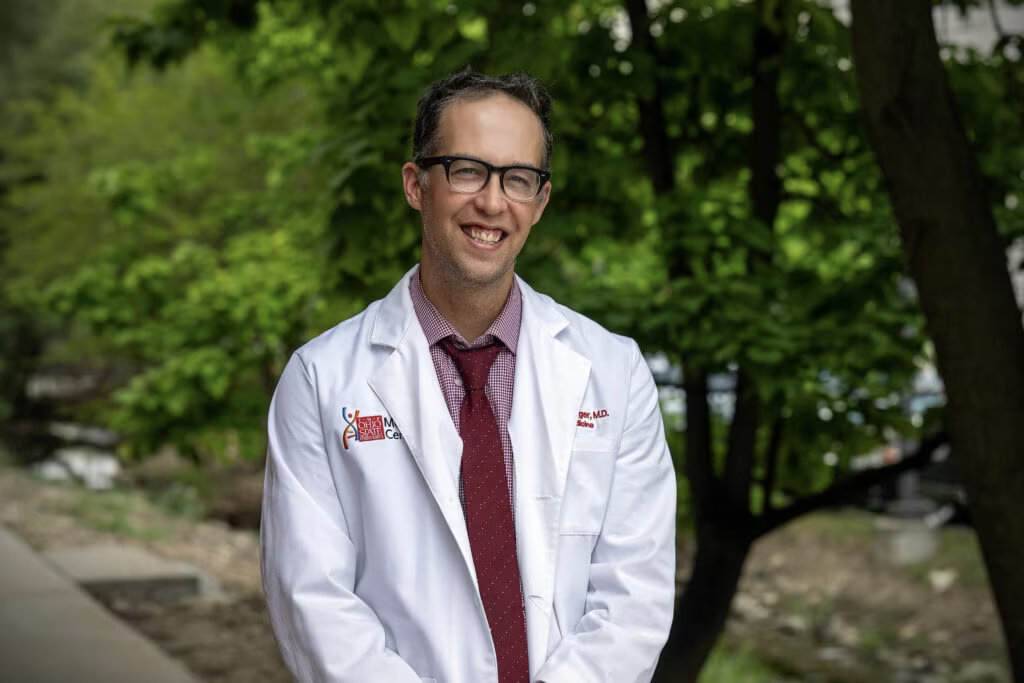
We are delighted to welcome Dr Benjamin Kaffenberger, Associate Professor of Dermatology at The Ohio State University Wexner Medical Center, to the touchDERMATOLOGY Expert Faculty. A leading expert in complex skin conditions such as pyoderma gangrenosum, DRESS syndrome, and SJS/TEN, Kaffenberger brings extensive clinical and research experience in drug reactions, wound care, and hospital dermatology.
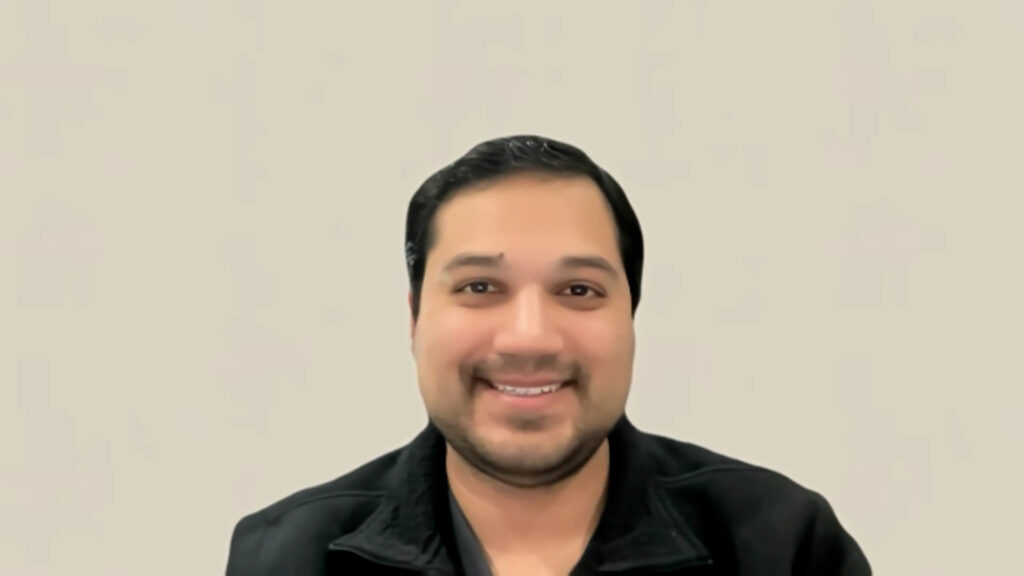
Dr Raj Chovatiya presents key late-breaking data from AAD 2025 in atopic dermatitis and psoriasis, focusing on ESK001, icotrokinra, and rocatinlimab. He offers expert insights into the clinical relevance of these findings and explores what they could mean for future treatment approaches in dermatological practice.

Vilobelimab, a monoclonal anti-C5a antibody, is emerging as a promising treatment for pyoderma gangrenosum (PG), a rare and chronic autoimmune skin disorder characterized by painful ulcerations. With no approved therapies in the USA or Europe, there remains a significant unmet need for effective treatment.
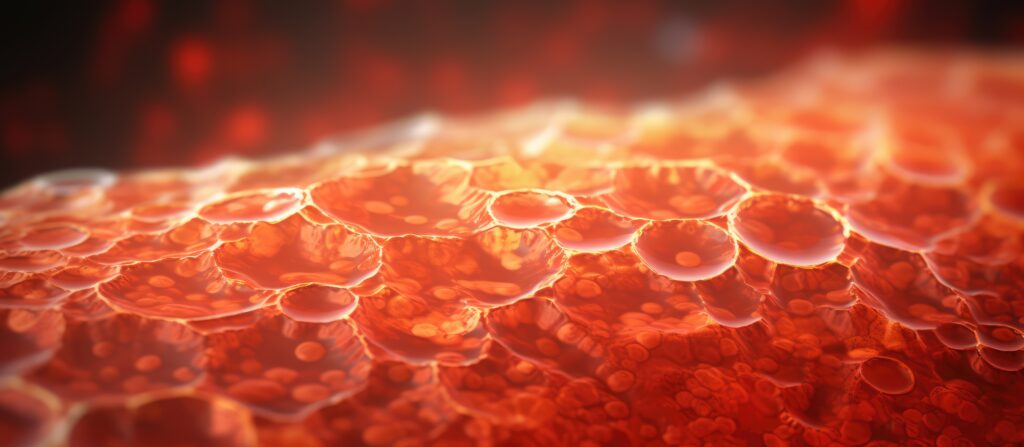
Pyoderma gangrenosum (PG) is a rare, painful and complex autoimmune skin condition that can present significant diagnostic and treatment challenges.1 To provide expert insights into this challenging disease, we spoke with Dr Benjamin Kaffenberger, a dermatologist at The Ohio State ...

With a career that spans continents, Prof. Dedee Murrell stands out as a global leader in dermatology and a passionate advocate for women in medicine. In this episode, we sit down together to explore her inspiring journey—from her early years in the UK and medical training in the USA to pioneering therapies for some of dermatology’s rarest and underserved conditions in Australia. We also reflect on her recent MDS Lifetime Achievement Award and discuss the value of mentorship, strategies for advancing a career in dermatology and academic medicine, and how to stay at the cutting edge of medical innovation.
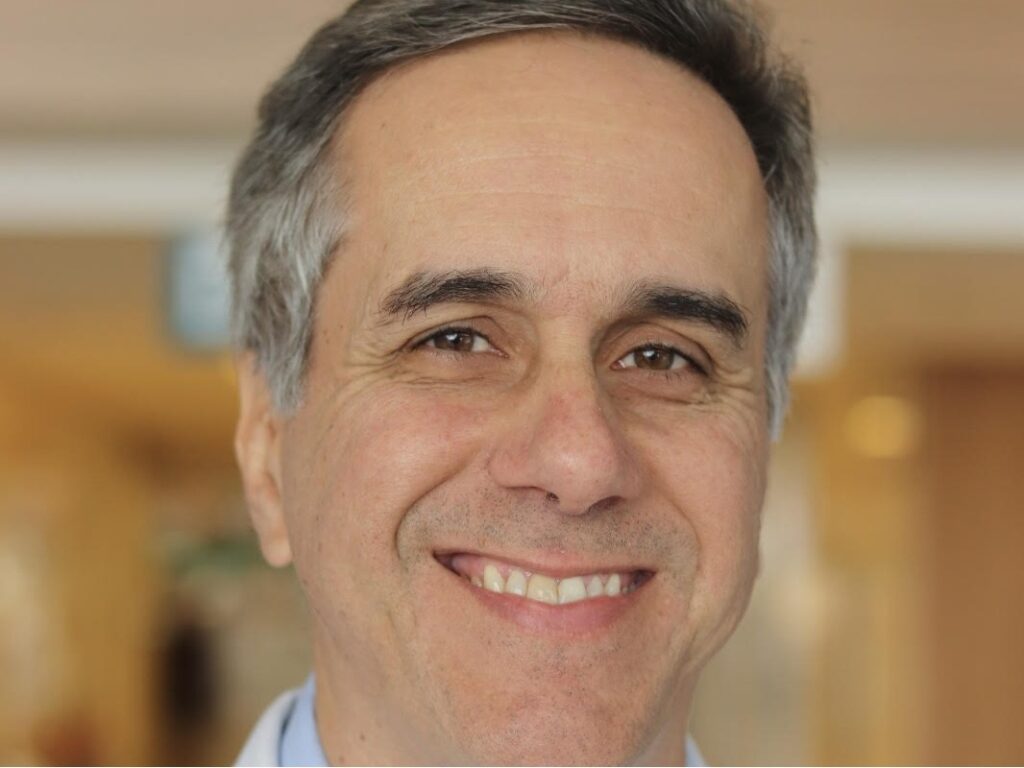
We are delighted to announce that Professor Luis FC Ensina has joined the Expert Faculty of touchDERMATOLOGY. A distinguished allergologist, Professor Ensina is renowned for his expertise in urticaria, drug allergies and angioedema. His extensive contributions to clinical care, research ...

Briquilimab, an anti-c-Kit monoclonal antibody, is being investigated for its ability to selectively deplete mast cells and alleviate the symptoms of CSU. At this year’s American Academy of Allergy, Asthma & Immunology (AAAAI)/World Allergy Organization (WAO) Joint Congress (San Diego, CA, USA; 28 February–3 March 2025), the initial results from BEACON (ClinicalTrials.gov identifier: NCT06162728), a phase Ib/IIa dose-escalation study of briquilimab in adults with CSU, were presented.3,4

Renowned for his work in urticaria, drug allergies and angioedema, Professor Luis FC Ensina is a distinguished allergologist. As a Professor of the Division of Allergy, Clinical Immunology and Rheumatology at the Federal University of São Paulo, Brazil and ...

Current treatment options for flares of symptomatic oral lichen planus primarily include topical corticosteroids as the first-line therapy. Second- and third-line treatments range from topical calcineurin inhibitors to systemic corticosteroids, systemic retinoids and topical or systemic immunomodulators.5
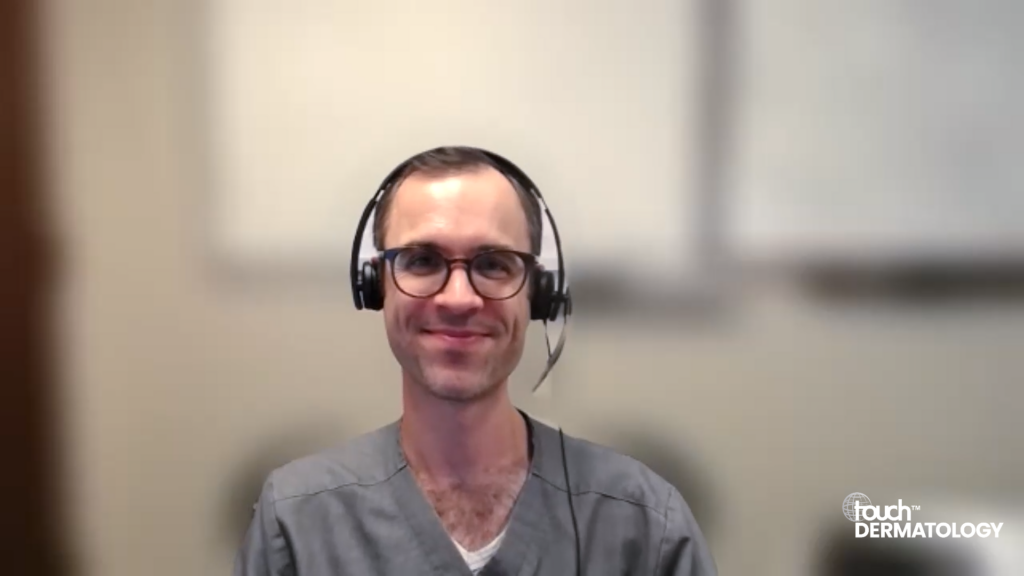
Ruxolitinib cream is showing promise as a potential treatment for lichen planus, a chronic autoimmune skin disease with no FDA-approved options. Characterized by itchy, purple lesions, lichen planus can significantly impact patients' quality of life. A recent phase 2 trial highlights the efficacy and safety of ruxolitinib cream in clearing lesions and providing symptom relief. As research continues, ruxolitinib could become a transformative therapy in managing lichen planus for those suffering from this debilitating condition.
Latest articles videos and clinical updates - straight to your inbox
Log into your Touch Account
Earn and track your CME credits on the go, save articles for later, and follow the latest congress coverage.
Register now for FREE Access
Register for free to hear about the latest expert-led education, peer-reviewed articles, conference highlights, and innovative CME activities.
Sign up with an Email
Or use a Social Account.
This Functionality is for
Members Only
Explore the latest in medical education and stay current in your field. Create a free account to track your learning.

